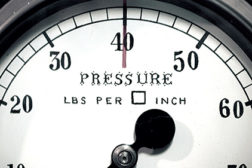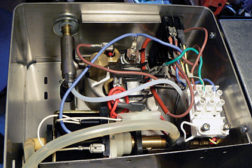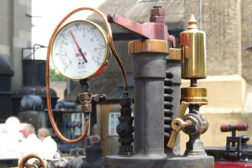Articles by Dan Holohan
Calculating Measurements Since 1867 — No Battery or Signal Required
Read More
Hydronics Zone: Invisible Tenants vs. Payback
Help Owners Understand Fuel Savings Via Lower Heat Complaints, Not Payback
Read More
Get Real — Get Hydronic Heat
Attention to Engineering and Design May Save Generations of Comfort Grief
Read More
High Pressure Always Goes to Low Pressure
Without a Difference in Pressure, There Can Be No Flow
Read More
Blame the Kids: The Cause of Your Mechanical Malfunctions
Kids do the Darndest Things, Don’t They?
Read More
A History of Steam Pressure Relief Valves
Who Truly Gets Credit for the Invention of the Steam Pressure Relief Valve?
Read More
Copyright ©2024. All Rights Reserved BNP Media.
Design, CMS, Hosting & Web Development :: ePublishing










